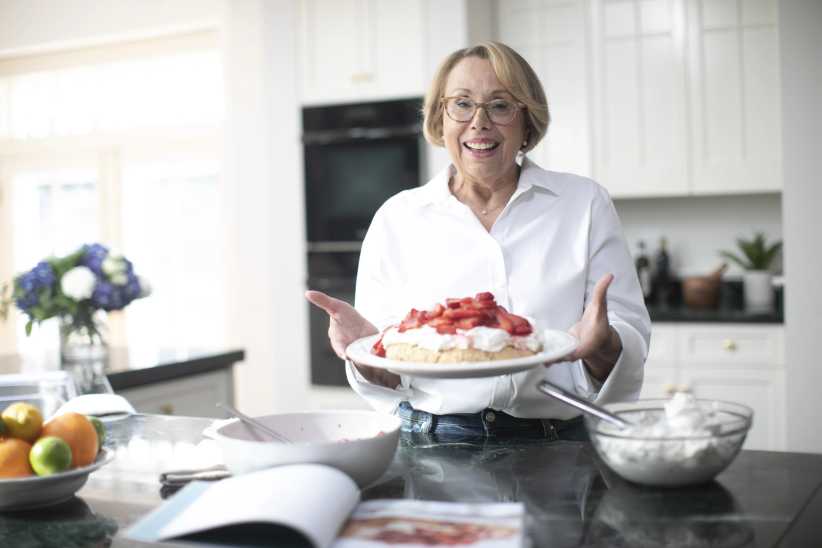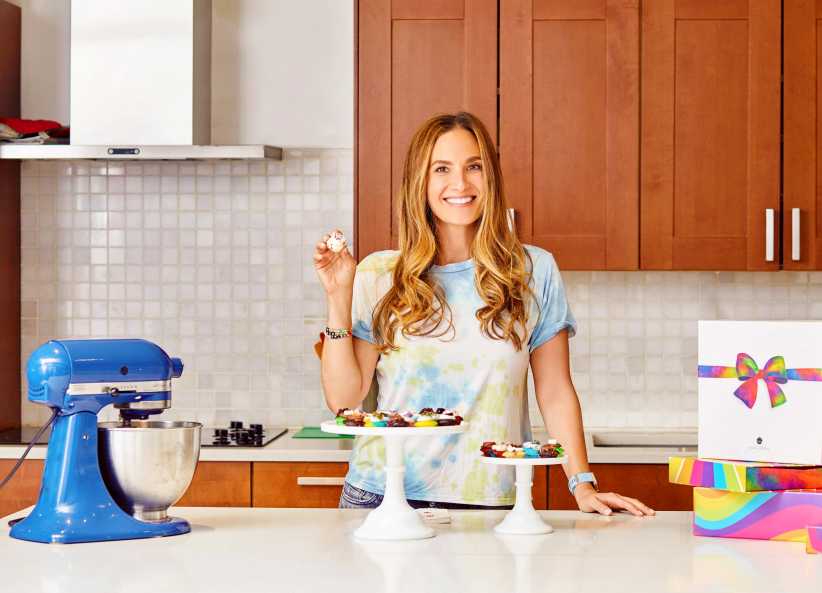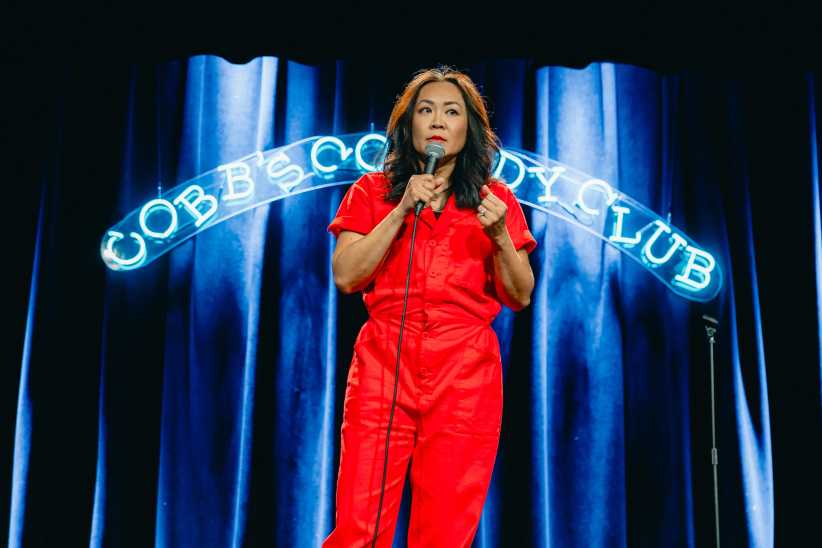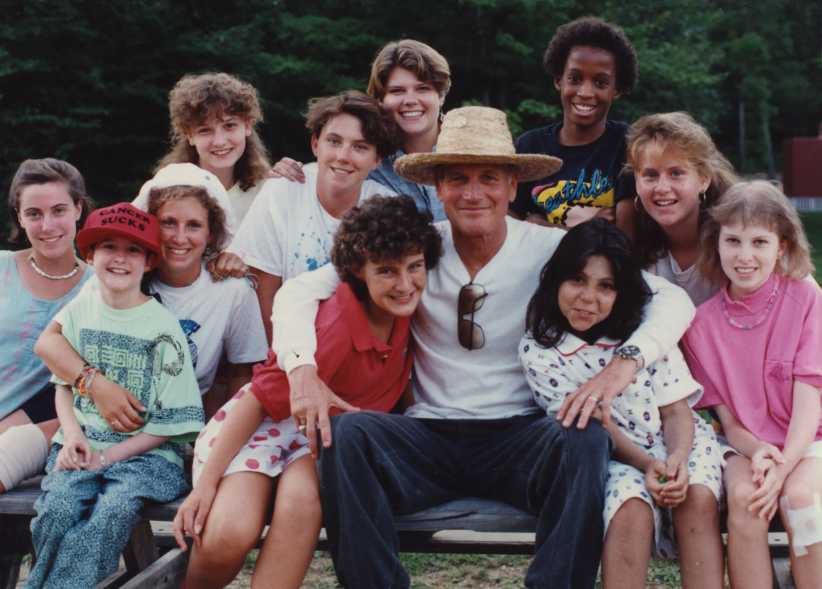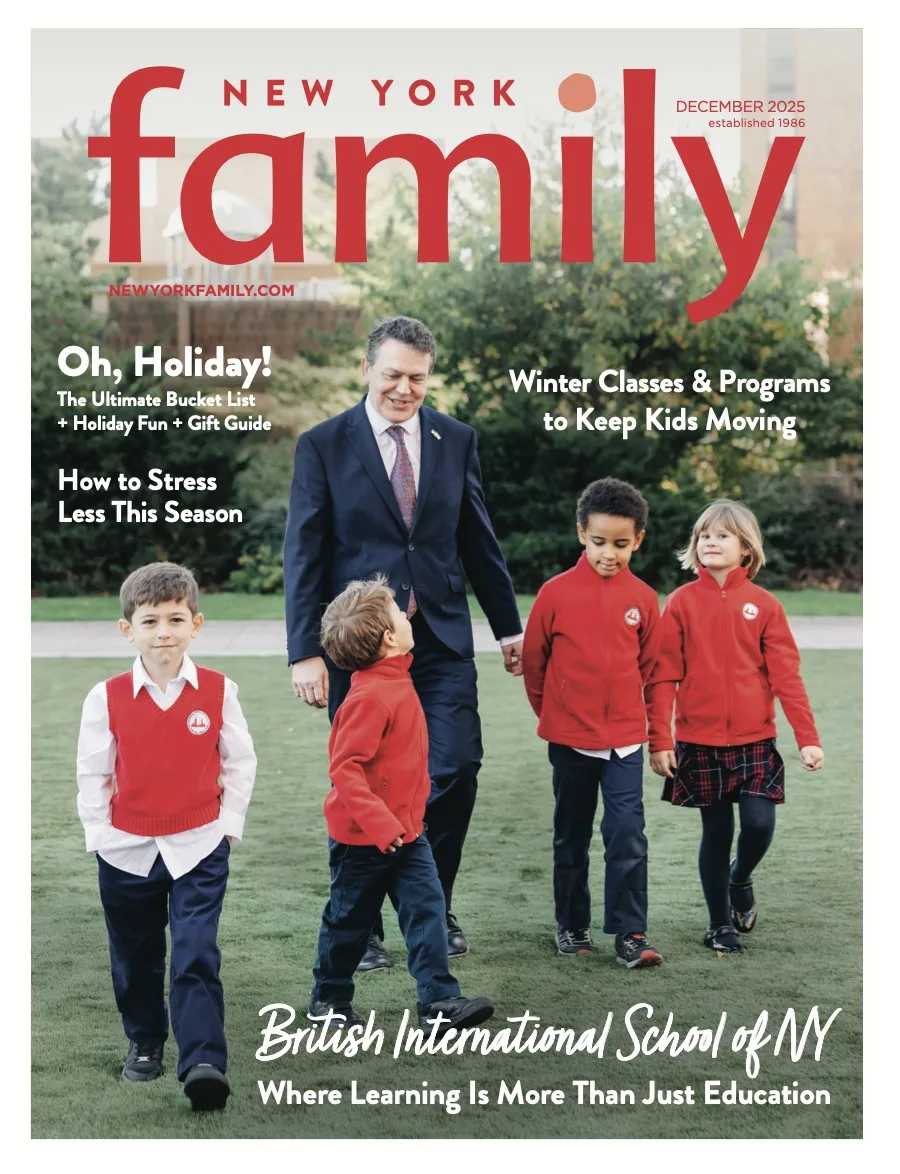
Hair & Makeup by Glamazon Beauty Cosmetics by Kim Baker
As journalists, Nicholas Kristof and Sheryl WuDunn have won a Pulitzer Prize covering the Tiananmen Square protest for the New York Times in 1990, and more recently co-authored the bestseller, Half The Sky: Turning Oppression Into Opportunity For Women Worldwide, which makes a persuasive case for the importance of educating and empowering girls and women around the world. More personally, as husband and wife, they’ve collaborated on three children—two college-age sons and a daughter in high school. Currently, Kristof is an op-ed columnist at the Times, and WuDunn, who moved into business management at the Times and then into banking, is a managing director at a boutique investment bank. But they still share a passion for reporting—particularly practical solutions to societal problems—and following the success of Half The Sky, they have a new book, A Path Appears: Transforming Lives, Creating Opportunity. The book, which will be the subject of a PBS series next month, addresses the changing nature of charity itself and what it means to give back. Journalists typically shudder at the idea that their work has humanitarian value, and yet, in the work of Kristof and WuDunn, I’m inspired by just those kinds of qualities: Idealism, bravery, and above all, a deep and generous spirit toward others.
After reading the book, I started to think more seriously about what making a difference means to me individually and as a parent. And that’s the essential goal, correct? To inspire that kind of reaction?
Sheryl WuDunn: Well there are two parts to it. [The book] focuses on bridging the inequality gap and how, to really change peoples’ lives, you have to spread opportunity. The second part is really about how you can make a difference and how you leave a legacy for your life. You’re only on earth for a short period of time and you want to really think about how you make your mark in this world. When you start thinking about it, there are many ways to do it and the process actually is very empowering.
Tell me about how the “path” to this new book appeared?
Nicholas Kristof: In part, it was after we wrote Half The Sky—we were thrilled by the reaction… And then we would talk to groups about it and lecture about it, and people would ask a couple kinds of questions. One was: “Well what about the situation here in the US?” And the other was: “So what can I do?” And both are pretty good questions and we wanted to address them. Obviously there are a lot of reasons to try to improve [conditions] in Haiti or Tanzania…but we also have really stubborn and horrendous poverty here in the US, and we don’t want to prioritize other countries over the situation here. And I think there is this real yearning on the part of people to try to find some way to have an impact—both because it provides a sense of purpose and also I think, in many cases, [people] want to model good behavior to their kids.
Was there a moment where you connected the dots in your work and thought: “Ah this is a big story, this is another book!”
NK: I guess for me it wasn’t so much a moment. One of the things that really began growing on me was that there’s a real body of evidence now emerging about what works, what doesn’t work, and at what cost. In a way that was not true 10-20 years ago… I think the other thing that grew on us was the rewards themselves, and the selfish pleasures of altruism—and the degree to which this wasn’t just some adage…but it’s actually modern neuroscience… Neuroscience is proving what the Bible has long preached: It is more blessed to give than to receive.
SW: It was a journey into this area of: “What does it mean to help others?” The research even took us back to Darwin. First we thought: “Oh my goodness, survival of the fittest is totally unlike what we were all taught.” But it turns out that Darwin actually believed in survival of the kind. He really did recognize that to survive, you need to cooperate and help others and you can’t be the lone wolf. The lone wolf will die. The only way a species survives is if they work together and cooperate… So I thought that was very, very interesting because it just turns out that historically, and also biologically, we are actually born with the capacity to help others. Somehow society just kind of strips us of that.
What is the research telling us about the connection between giving back and personal fulfillment and well-being?
NK: In an odd way, altruism turns out to be a selfish pleasure. We’re hardwired to derive pleasure and health benefits when we help others around us—presumably because in evolutionary times that gave our caveman clan an advantage over rival tribes. So there’s a deep yearning for purpose, for fulfillment, for making a difference—and there are also people who are desperately needy and could so benefit from that help. But there aren’t a lot of bridges between those with extra resources and those with not enough. We thought that with A Path Appears we could build such a bridge. The evidence of benefits include one Harvard study that found that pro-social activity is more correlated to longevity than low cholesterol is… And we participated ourselves in a brain scan study that found that pleasure centers in the brain light up as much when you give money away as when you get it.
One of the messages that weaves itself in and out of the book was this idea that there are opportunities for anyone to give what they can on any level.
SW: That’s exactly it. We’re not asking anybody to quit their jobs and go off to India. That is just not what we’re trying to say. We’re not doing that—what we’re doing is suggesting that you can incorporate these small acts of kindness into your daily life. If you actually really think about what would be effective, I mean it’s not just anything, because you don’t want to do it just for your own selfishness—you really want to try and give effectively as well. But there are many ways, based on your skill set, to deploy your skills. So for us, we thought writing was something we could use to actually help contribute.
I think most people would be surprised to know that those with higher incomes give a smaller percentage than those with lower incomes. I thought of that as evidence that giving is sort of an intrinsic part of the soul.
NK: There is this paradox that in America where the poorest 20 percent give a higher fraction of their income to charity than the wealthiest 20 percent and it’s not that the affluent are intrinsically less empathetic, less compassionate, less good than the poor. Rather, it’s that if you are affluent in America today, you essentially are insulated. You live in a nice neighborhood, you don’t have a lot of particularly needy friends. Well if you’re poor in America today, then every day you encounter people who are in need and when you encounter those needs, you respond. So one of the challenges is something of an empathy gap today between those who most have the resources but don’t directly encounter the needs in front of them.
You make a point that the empathy gap is a factor in why you recommend making hands-on giving a part of daily life.
NK: I think one of the gifts we can give our kids, in terms of education, is not just the classroom education, but some exposure to how the other half lives. Whether that’s the other half at home or abroad.

It sometimes feels kind of like tokenism though, doesn’t it?
SW: But you know what? That exposure is really important, because if they didn’t get that exposure at all they would be even more insulated. Those tokens add up over time and there will be one time, perhaps, where it does sink in. There will be memories as well and I think that’s really important.
NK: And even with service projects, which have become very fashionable in the upper middle class neighborhoods, there’s still a strong cynical element to them in that kids use them to dress up their college applications and to show how passionate they are. But I also think that even if [kids] entered into it for their own cynical motivations, [service projects] may well expose these kids to a different world… One of the dangers of modern life is to other-ize people. To other-ize people on the basis of income gaps, on the basis of skin color, on the basis of religion, and it’s very easy to other-ize people if you can’t put an individual face on [them]. To the extent that we can cut away at stereotypes and create individual categories, I think it reduces the tendency to other-ize people in ways that are often unfair and harmful to society.
You have two sons and a daughter—ages 22, 20, and 17. Having both traveled a lot over the years, how did your children fit into that?
NK: We’ve dragged the kids through Honduras, Zimbabwe, China many times, though Iran—I took two of my kids on a long road trip through Iran a couple years ago. I think it was a really powerful experience for them… Their vacations have probably been a lot different from their classmates’.
So while you’re reporting, what are they doing?
NK: They’re just coming along for all the interviews… I think it has given them a measure of perspective about just how lucky they are. On one of those trips we interviewed a mom who was dying of AIDS, whose husband had already died, and she tried to give us her child who was the same age as my son. She didn’t know what was going to happen to the child when she died, and that left a powerful impression on all of us.
How did you respond? This kind of thing happens, to a certain extent, not infrequently when you travel, correct?
NK: In that case I said: “We can’t take your child. Even if I wanted to I couldn’t take the child out of the country.” And I think the kids have kind of been woken up by some of it. I took my son to Sudan and South Sudan, and we saw a kid with AIDS who was dying from a lack of health care… I think this gives them a better perspective about how lucky they are that they won the lottery at birth.
Tell me a little bit about the joys and challenges of being a parent to kids in their early 20s and at 17.
SW: They’re growing up, and they have independent ideas now, so you can talk to them like adults now… It’s wonderful and it’s very pleasurable, but the downside is that they can talk back to you, so that’s always a struggle.
NK: The boys in particular spent years in which they’d do little more than grunt to us, and then they flowered into these amazing human beings, and unfortunately that was exactly the moment they were heading off to college.
Did you both always have a giving streak from the way you we’re raised or did that come later?
NK: My parents were givers and my mom is still very much a giver. I think I absorbed a lot from them.
SW: I think it was more later on. My family is full of doctors, so they’ve always been helping cure people. My brother’s a doctor and on my mother’s side of the family we have like…27 doctors. So they’ve always been like: “How do you help cure people? How do you help people get well?” But I think that what we write about in A Path Appears did come much later. As we also learn more about what makes a difference and how to do this, [we see] that it’s something you should fold into your life starting as of now, rather than wait just towards the end of your life when you’ve retired and have the time to give.
What’s it like to work together?
NK: People always ask: “How do we manage to write books together and stay married?” The truth is that if you can raise three kids together and survive that, a book is a piece of cake, because at the end of the day you can put a manuscript to bed at night and it stays asleep; the book doesn’t play you off each other. If you screw up, the stakes are lower—in general the book is a lot easier of a joint project.
Eric Messinger is the editor of New York Family.

